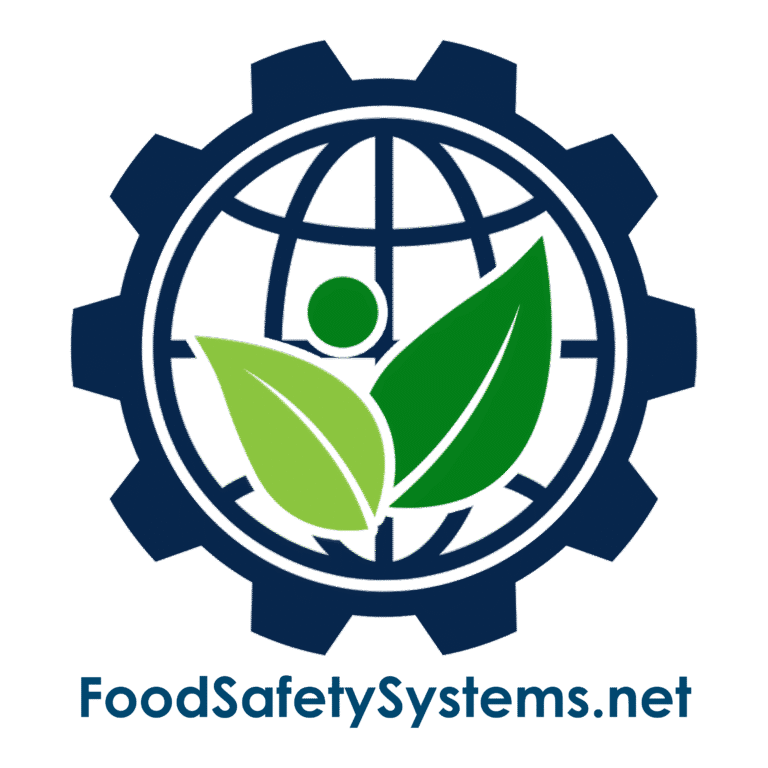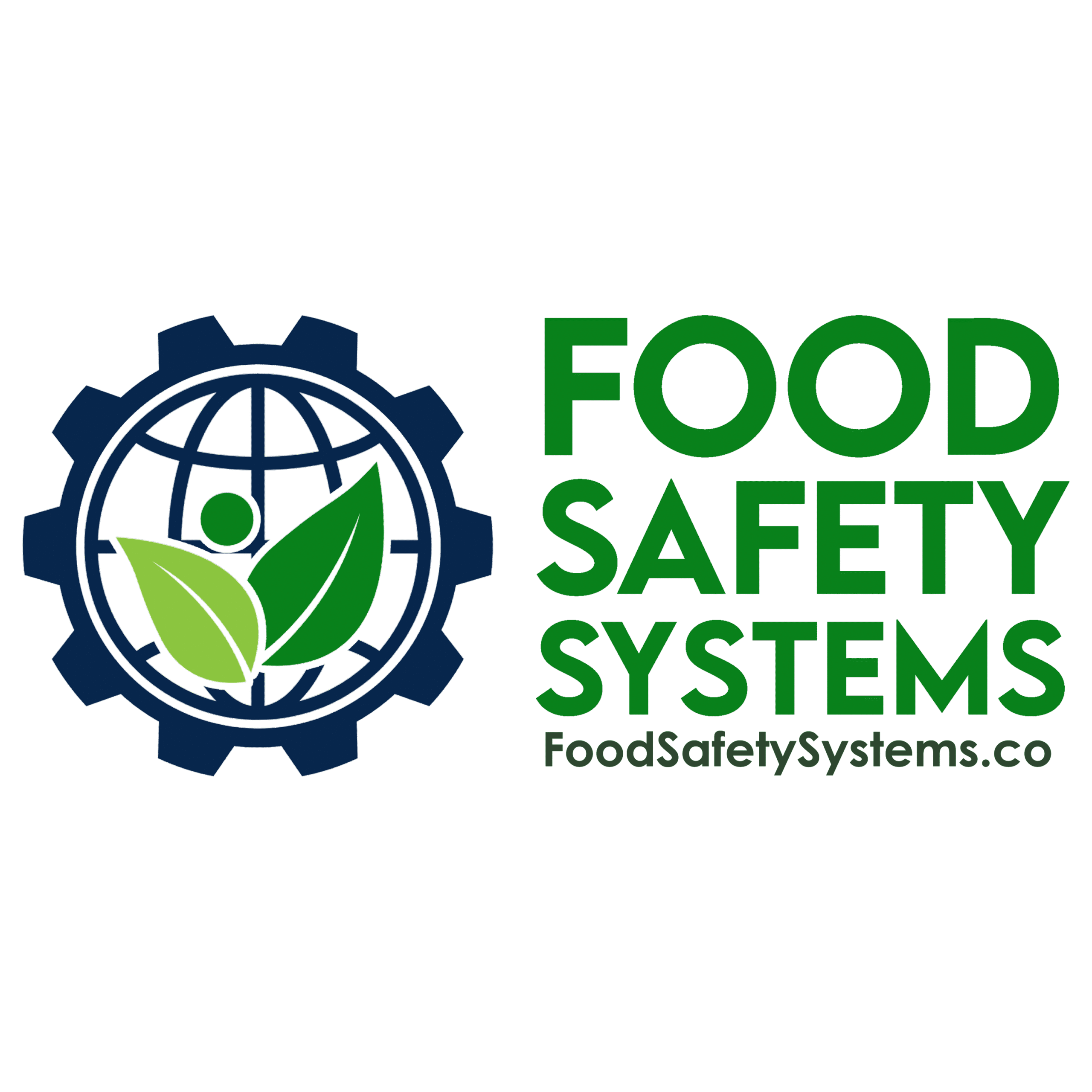Packaging Design Control

Aligned with FSSC 22000 Requirements
Requirement Overview
FSSC 22000 requires that organizations establish and maintain controls for the design and development of packaging materials to ensure product safety, regulatory compliance, and suitability for intended use. Packaging design must consider potential food safety hazards, compatibility with products, and compliance with legal and customer requirements.
Design controls are essential to prevent risks such as contamination, migration, poor barrier performance, and functionality failures that could compromise product safety and quality.
Aligned with BRCGS for Storage & Distribution Issue 4 – Clause 4.3.1 & 4.3.3
Requirement Overview
BRCGS for Storage & Distribution requires that products moved via cross-docking are traceable and controlled at all times, even when they are not held in storage for extended periods.
Clause 4.3.1: “The company shall ensure that traceability is maintained at all stages, including during cross-docking operations.”
Clause 4.3.3: “Procedures shall be in place to ensure that all products handled, including those not stored on-site, remain under control and are not subject to contamination or substitution.”
Cross-docking operations must not compromise product traceability, safety, or integrity. Even with minimal handling and temporary presence, each product must be accurately identified, documented, and protected.

Key Compliance Objectives
-
✓ Ensure packaging is safe, legally compliant, and fit for purpose
✓ Prevent design flaws that could introduce food safety risks or compromise functionality
✓ Document and control the design, approval, and change management processes
✓ Align packaging specifications with regulatory, customer, and end-use requirements
Step-by-Step Compliance Implementation
1. Establish a Packaging Design Procedure
-
Procedure Should Include:
-
• Roles and responsibilities during design and development
• Verification of regulatory, food safety, and customer requirements
• Risk assessment of new materials, formats, or changes
Evidence to Maintain:
-
• Documented SOP for design and development
• Flowchart or checklist of the design process
• Assigned roles and documented approval authorities
- • Roles and responsibilities during design and development • Verification of regulatory, food safety, and customer requirements • Risk assessment of new materials, formats, or changes
- • Documented SOP for design and development • Flowchart or checklist of the design process • Assigned roles and documented approval authorities
2. Define Design Inputs and Requirements
-
Design Inputs May Include:
-
• Product end-use conditions (temperature, shelf life, food contact)
• Customer and legal requirements
• Stress factors such as storage, transportation, and handling
Evidence to Maintain:
-
• Signed customer specifications
• Compliance declarations for food contact materials
• Regulatory requirement checklists
- • Product end-use conditions (temperature, shelf life, food contact) • Customer and legal requirements • Stress factors such as storage, transportation, and handling
- • Signed customer specifications • Compliance declarations for food contact materials • Regulatory requirement checklists
3. Conduct Design Reviews and Risk Assessments
-
Review Elements Should Cover:
-
• Packaging integrity and compatibility with product
• Testing for migration and compliance with applicable standards
• Performance tests (e.g., sealing, barrier strength, mechanical durability)
Evidence to Maintain:
-
• Documented risk assessments (e.g., HACCP applied to packaging)
• Validation and test reports
• Records of review meetings and outcomes
- • Packaging integrity and compatibility with product • Testing for migration and compliance with applicable standards • Performance tests (e.g., sealing, barrier strength, mechanical durability)
- • Documented risk assessments (e.g., HACCP applied to packaging) • Validation and test reports • Records of review meetings and outcomes
4. Approve and Control Final Designs
-
Control Measures Include:
-
• Formal approval of artwork, materials, and formats
• Controlled release of packaging specifications
• Version control and secure document management
Evidence to Maintain:
-
• Signed approvals for designs
• Finalized specifications with dates
• Version-controlled records of design history
- • Formal approval of artwork, materials, and formats • Controlled release of packaging specifications • Version control and secure document management
- • Signed approvals for designs • Finalized specifications with dates • Version-controlled records of design history
5. Manage Design Changes
-
Change Control Should Cover:
-
• Triggers such as supplier changes, regulatory updates, or customer revisions
• Risk assessment and re-validation of new designs
• Notification and approval processes where customer input is required
Evidence to Maintain:
-
• Change request forms and approvals
• Updated risk assessments and test data
• Logs of communication with customers
- • Triggers such as supplier changes, regulatory updates, or customer revisions • Risk assessment and re-validation of new designs • Notification and approval processes where customer input is required
- • Change request forms and approvals • Updated risk assessments and test data • Logs of communication with customers
Common Audit Findings & Recommended Fixes
| Audit Finding | Recommended Action |
|---|---|
| No packaging design procedure in place | Implement a documented and approved design control process |
| Incomplete or missing specifications | Develop and maintain controlled specification documents |
| No risk assessment during redesigns | Perform and document food safety and functionality risk assessments |
| Lack of documentation for changes | Establish a formal change control log and approval process |
Auditor Verification Checklist
During an audit, expect to provide:
-
• Documented design and development procedure
• Records of design inputs, reviews, and approvals
• Controlled and finalized packaging specifications
• Change control documentation and associated risk assessments
Implementation Roadmap
Build the Process
-
✓ Draft and implement a packaging design and development procedure
✓ Define roles, responsibilities, and workflow stages
Train and Apply
-
✓ Train design, QA, and technical staff on packaging compliance requirements
✓ Use controlled forms for reviews, testing, and approvals
Monitor and Audit
-
✓ Review design documentation during internal audits
✓ Monitor packaging performance in real use
Improve Continuously
-
✓ Revise SOPs and requirements as regulations, technologies, or customer needs evolve
✓ Log all changes and evaluate risks to support continuous improvement
Why This Matters?
-
✓ Ensures packaging materials are safe and compliant
✓ Protects product integrity and consumer safety
✓ Prevents costly recalls linked to packaging failures
✓ Supports audit readiness, traceability, and customer confidence
Support Tools Available
Food Safety Systems provides:
-
✓ Packaging design and change control SOP templates
✓ Risk assessment tools for packaging development
✓ Specification templates and approval forms
✓ Staff training guides on packaging compliance
Privacy Policy | Terms of Service
Powered by interlinkIQ.com, Developed by ITBlaster.net, Owned and Operated by Consultare Inc. Group, A Compliance Company. All Rights Reserved.







